Changing Landscape & Reimagining EPC in a Digital World
The Engineering, Procurement & Construction sector is undergoing an interesting phase with factors like digitization & fluctuating oil prices influencing its growth & development. CoS in the EPC sector, especially are trying to break free from the predictable cycles of growth & decline & find ways for profitable & consistent performance.
Infra Sector Overview
Value of total roads & bridges infra. in India is est. to have expanded at a CAGR of 13.6% over FY09-17 to US$ 19.2 bn. In Union Budget 2018-19, Rs 71,000 Cr. was allocated for national highways while Rs 19,000 Cr. was allocated to PMGSY for development of roads in rural & backward areas of the country. Highway network in the country is expected to cover 50,0000 km by 2019. National highway construction in India increased by 20% year-on-year in 2017-18. In Dec’17, the NHAI created the National Highways Investment Promotion Cell (NHIPC) to attract foreign & domestic investments towards highway projects in India. Cumulative FDI inflows in the Construction Activities sector, which includes infra., reached US$ 12.36 bn between Apr’00-Dec’17. Cumulative FDI inflows in the Construction Development sector, which includes townships, built-up infra. & construction- development projects, reached US$ 24.67 bn between Apr’00-Dec’17. In Jan’18, the NIIF partnered with UAE-based DP World to create a platform that will mobilize investments worth US$ 3 bn into ports, terminals, transportation, & logistics businesses in India.
Infra. sector is a key driver for the Indian economy. The sector is highly responsible for propelling India’s overall development & enjoys intense focus from Govt. for initiating policies that would ensure time-bound creation of world class infra. in the country. Infra. sector includes power, bridges, dams, roads & urban infra. development. In 2016, India jumped 19 places in World Bank’s Logistics Performance Index (LPI) 2016, to rank 35th amongst 160 countries. FDI received in Construction Development sector (townships, housing, built up infra. & construction development projects) from Apr’00 to Dec’17 stood at US$ 24.67 bn, according to the DIPP. The logistics sector in India is expected to increase at a CAGR of 10.5%, from US$ 160 bn in 2017 to US$ 215 bn by 2020. India has a req. of investment worth Rs 50 tn in infra. by 2022 to have sustainable development in the country. India is witnessing significant interest from international investors in the infra. space. Some key investments in the sector are listed below.
In June 2018, the AIIB has announced US$ 200 mn investment into the NIIF. PE/VC investments in the infra. sector reached US$ 3.3 bn with 25 deals during Jan-May’18. Indian infra. sector witnessed 91 M&A deals worth US$ 5.4 bn in 2017. In Feb’18, the GoI signed a loan agreement worth US$ 345 mn with the NDB for the Rajasthan Water Sector Restructuring Project for desert areas. In Jan’18, the NIIF partnered with UAE-based DP World to create a platform that will mobilize investments worth US$ 3 bn into ports, terminals, transportation, & logistics businesses in India. GoI is expected to invest highly in the infra. sector, mainly highways, renewable energy & urban transport, prior to the general elections in 2019. The GoI is taking every possible initiative to boost the infra. sector. Some of the steps taken in the recent past are being discussed hereafter. Announcements in Union Budget 2018-19: Massive push to the infra. sector by allocating Rs 5.97 lakh Cr. for the sector. Railways received the highest ever budgetary allocation of Rs 1.48 tn. Rs 16,000 Cr. towards Saubhagya scheme. The scheme aims to achieve universal household electrification in the country. Rs 4,200 Cr. to increase capacity of Green Energy Corridor Project along with other wind & solar power projects. Allocation of Rs 10,000 Cr. to boost telecom infra. A new committee to lay down standards for metro rail systems was approved in June 2018. Rs 2.05 lakh Cr. will be invested in the smart cities mission. All 100 cities have been selected as of Jun’18. Contracts awarded under the Smart Cities Mission would show results by Jun’18 as the work is already in full swing. The GoI is working to ensure a good living habitat for the poor in the country & has launched new flagship urban missions like the PMAY (U), AMRUT, & Swachh Bharat Mission (U) under the urban habitat model. India’s national highway network is expected to cover 50,000 kilometres by 2019, with around 20,000 km of works scheduled for completion in the next couple of years, according to the Ministry of Road Transport & Highways. The GoI is devising a plan to provide WiFi facility to 550,000 villages by March 2019 for an estimated cost of Rs 3,700 Cr., as per the Dept. of Telecommunications, GoI. India & Japan have joined hands for infra. development in India’s north-eastern states & are also setting up an India-Japan Coordination Forum for Development of North East to undertake strategic infra. projects in the northeast.
Engineering Sector Overview
Engineering is a diverse industry with various segments. It is also the largest of all industrial sectors in India. A company in this sector can be a power equipment manufacturer, execution specialist for engineering, procurement & construction (EPC) or even a niche player. The engineering sector has observed tremendous growth in recent years owing to significant investments in power generation projects & the infrastructure sector. The power sector itself contributes about 70-75 per cent of the engineering companies’ revenues. India on its quest to become a global superpower has made significant strides towards the development of its engineering sector. The Indian government has appointed the Engineering Export Promotion Council (EEPC) to be the apex body in charge of promotion of engineering goods, products & services from India. India exports transport equipment, capital goods, other machinery/equipment & light engineering products such as castings, forgings & fasteners to various countries of the world. Coupled with favourable regulatory policies & growth in the manufacturing sector, many foreign players have started to invest in the country. India recently became a permanent member of the Washington Accord (WA) on June 13, 2014. The country now joins an exclusive group of 17 countries who are permanent signatories of the WA, an elite international agreement on engineering studies & mobility of engineers. Driven by strong demand for engineering gods, exports from India registered a double digit growth at 10.22 per cent to touch US$ 26.4 billion in June 2014 from US$ 24.02 billion in the corresponding month last year. This growth can be credited to the robust expansion in shipments of aircraft, spacecraft parts & automobiles. The second best performing sector was non-ferrous metals & metal products. Engineering exports from India are expected to cross US$ 70 billion in FY 15 registering a growth of 15 per cent over the previous fiscal, as demand in key markets such as the US & the UAE is on the rise. Apart from these traditional markets, markets in Eastern & Central European countries such as Poland also hold huge promise. India exports its engineering goods mostly to the US & Europe, which accounts for over 60 per cent of the total exports. Recently, India’s engineering exports to Japan & South Korea have also increased with shipments to these two countries rising by 16 & 60 per cent respectively. The foreign direct investment (FDI) inflows into India’s miscellaneous mechanical & engineering industries during April 2000 to July 2014 stood at around Rs 12,413.44 crore (US$ 2.02 billion), as per data released by the Department of Industries Policy & Promotion (DIPP). The Indian engineering sector is of strategic importance to the economy owing to its intense integration with other industry segments. The sector has been de-licensed & enjoys 100 per cent FDI. With the aim to boost the manufacturing sector, the government has relaxed the excise duties on factory gate tax, capital goods, consumer durables & vehicles. It has also reduced the basic customs duty from 10 per cent to 5 per cent on forged steel rings used in the manufacture of bearings of wind operated electricity generators. The Government of India in its Union Budget 2014-15, has provided investment allowance at the rate of 15 per cent to a manufacturing company that invests more than US$ 4.17 million in any year in new plant & machinery. The government has also taken steps to improve the quality of technical education in the engineering sector by allocating a sum of Rs 500 crore (US$ 81.69 million) for setting up five more IITs in the states of Jammu, Chhattisgarh, Goa, Andhra Pradesh & Kerala. Steps have also been taken to encourage companies to perform & grow better. For instance, EIL was recently conferred the Navaratna status after it fulfilled the criteria set by the Department of Public Enterprises, Ministry of Heavy Industries & Public Enterprises, Government of India. The conferred status would give the state-owned firm more financial & operational autonomy. The engineering sector is a growing market. Current spending on engineering services is projected to increase to US$ 1.1 trillion by 2020. With development in associated sectors such as automotive, industrial goods & infrastructure, coupled with a well-developed technical human resources pool, engineering exports are expected to touch US$ 120 billion by 2015. Also, the Union Budget 2014-15 has allocated funds for several infrastructure projects which are further expected to provide a boost to the engineering sector. The industry can also look forward to deriving revenues from newer services & from newer geographies with Big Data, Cloud, M2M & Internet of Things becoming a reality.
Changing Landscape & Reimagining EPC in a Digital World
Engineering & construction industry is undergoing exciting digital transformation. EPCM 4.0“extended contracting model with digital power” is changing the game. There is increasing focus on “Operations &Maintenance” & “Digital” will transform the industry at large. EPC business & regulatory environment is changing & it’s changing fast. The industry is experiencing business consolidation, diversification, & sluggish growth in the VUCA world. The perennial issues of fluctuating raw material prices, skilled workforce availability, & dynamic scope changes make it tougher to manage profitability. Increasingly, the project owners now prefer lump sum turnkey (LSTK) business contracts thereby putting additional margin pressures for EPC contractors. At the same time, there are new opportunities with rise of EPCM model, digital manufacturing (Industry 4.0) & SMART cities. EPC CoS are best positioned to capitalize on these opportunities by investing in digital operations, enhanced collaboration & new business models but the competition is stiff. Therefore, it’s imperative for EPC players to focus on new revenue stream of O&M & exploit digital technologies to enable efficient operations.
O&M the next growth frontier: The challenges are perilous & EPC CoS need to look beyond their core competencies for new streams of revenue. On the other hand, project owners are increasingly aware of importance of O&M & the discussion is shifting from pure “budget allocation” to “perfect service-level req.s.” Hence contractors need to move up the value chain to take up responsibility of operations & maintenance of projects built under EPC contracts. O&M services typically cover routine maintenance, Security, warranty, insurance, parts replacement, preventive maintenance, operational tower, remote monitoring, energy optimization, facility operations, turnaround & outages, performance management, receivables management, & so on. Few specialist CoS offer additional value through extended O&M in terms of asset management services. O&M is an emerging trend & leading EPC players have already embarked on this journey & achieved as high as 15 % revenue only from O&M. In the industrial market, project owners now prefer EPC contractor that bundles O&M services to ensure quick turnaround for repairs. There are other EPC players who have created specific offerings around asset management are great enablers for project & operations management. For example: Bechtel offers startup programs, management & operations, & maintenance support roles for facilities all around the world Stork (a Fluor company) offers a portfolio of professional solutions & proven best practices in asset integrity services to deliver optimum asset performance Black & Veatch’s Smart Analytics platform ASSET360™ provides actionable insights to boost operational performance.
CoS go global, the geographic spread of projects demands greater visibility, information flow, & collaboration among business units. Adoption of technologies & solutions such as big data & analytics, mobility, IIoT, & digital content management across the value chain will help improve collaboration, effective project execution in a complex environment, & intelligent decision-making. Digital is the new construction partner. Digital transformation can help in competing with emerging market players as well as to drive gains in productivity, quality, & operational efficiency. EPC CoS anticipate about 4 % cost savings & 3 % revenue growth through digital transformation. Historically, the EPC industry is ill-reputed for low investment in technology but now the perception is changing. EPC CoS are investing in emerging technologies. Here is the list of top digital use cases for EPC projects.
Additionally, the considerable amount of data generated during the design, procurement, construction & operations can be harnessed to drive value, reduce cost, & create digital assets. The project owners are embracing new technologies to deliver on the promise of Industry 4.0 & EPC CoS have to follow the suite to stay in the business. n a recent conversation, the global CIO of an EPC company asked one question: “What is the next big thing in the engineering & construction industry?” We know the answer now. “EPCM 4.0” extended EPCM with digital power. There would be more emphasis on the “M,” with a focus on “O&M” & “Digital” will transform the industry at large. To summarize, in today’s dynamic business & operating environment, engineering & construction CoS need to focus on the key imperatives of increasing service revenues through new business models such as O&M & efficient operations by embracing digital technologies. “Industry 4.0” is all set to take the manufacturing industry to the next level; “EPCM 4.0” will do the same for the engineering & construction industry.
Impact of Engineering Contracting Services in the EPC Industry
When we think of subcontracting or resource management in the context of India, we think IT & ITES. Indian IT partners have carved a niche in the ITO & BPO sector, often considered one of the safer bets & obvious choices when it comes to selecting a partner. But recent trends show that India is fast emerging as a global engineering knowledge hub & a key player in multi-disciplinary engineering services with substantial growth in recent years. Engineering contractors & subcontractors in India provide multi-disciplinary engineering services to top EPC CoS operating in Oil & Gas, Petrochemicals, Power, Fertilizers & Water/ Wastewater industries in global market. EPC CoS are now moving beyond tactical outsourcing & taking a more evolved approach to contracting work from a long-term & strategic perspective. Engineering services are an integral part of the organization’s product development & manufacturing initiative & requires CXO level support for managing the available resources to ensure it is a successful collaboration. According to ISG, the global spend on engineering services is estimated to reach $1.4 tn by 2020. While many EPC leaders opt for a multi-vendor network to foster competition & distribute the risks, most engineering CoS are now leaning towards vendor consolidation to streamline their supply chain, & realize better vendor performance & draw other gains from economies of scale. A local-global model often gives the customer an ideal scenario – a small team in-house to expedite interaction & an offshore team in a different location to leverage the cost advantage. Depending on the nature of services contracted, the vendor selection strategy should be formulated - engineering services can be contracted to larger CoS that provide a wide range of engineering contracting services, or to focused engineering CoS. Most Engineering Service Providers have come up with flexible & innovative business models & pricing models to suit the req.s of global EPC majors. Engineering Service Providers now play a strategic role in the success of global engineering CoS – providing their expertise to streamline & deliver creative solutions across sectors. Key advantages of contracting engineering services:
Greater focus: Hiring an Engineering Service Provider can inculcate better discipline & focus around project req.s & deadlines. Moreover, contracted engineering teams have dedicated focus as opposed to in-house teams that may get pulled in various directions & multi-tasking. High quality results: Engineering services vendors can provide more sustainable IP & enable transfer of core knowledge often more efficiently than internal staff. Contracted providers are bound to deliver well-documented codes for internal use & are available for re-engagement in future. Cost efficient: Engineering contract services enable access to expert resources for projects without adding permanent operational costs. Contract engineering also provides greater control over costs than in-house development. Enhanced Productivity: Engineering contractors often have years of expertise & experience working in versatile sectors with varying degrees of scope & scale. Thus they have some unique insight & perspective on problem solving & can provide innovative solutions & add value to your project. Experience: Engineering Service Providers have the significant advantage of a wide range of project experiences & expertise accumulated over the years. They have a broader set of proficiency from which they can decide upon the optimal solution. They are aware of industry best practices & adept at delivering the right fit for your projects.
Engineering Services – Top Demand Sectors
Industries that constitute the major global engineering spend include: Manufacturing clients from Chemical, Specialty Chemical, Agrochemical & related industries; Oil & Gas; Utilities; Construction; Automotive; Aerospace; Telecom. Engineering service providers are increasingly offering a wide range of services including plant design, product design, process engineering, modular packages & other innovative services. India is a formidable powerhouse that provides quality engineering services. Its strength lies in the widespread availability of highly skilled, English speaking engineers. In the highly competitive engineering landscape, collaboration is the key, & the growth of engineering leaders will depend on how well they utilize partnerships & resources.
EPC Industry Trends
The Engineering, Procurement & Construction sector is undergoing an interesting phase with factors like digitization & fluctuating oil prices influencing its growth & development. CoS in the EPC sector, especially are trying to break free from the predictable cycles of growth & decline & find ways for profitable & consistent performance. As per a report by PWC there are three distinct trends shaping the market in 2017 & to maintain sustainable success. Let’s take a look at these trends & what they mean for the sector:
Contracting Gets Challenging
The contracting & sub-contracting process is changing drastically, leading to fresh difficulties for management teams. There is a clear shift to lump-sum, turnkey (LSTK) contracts – where the EPC CoS take the cost risk (lump sum) & assure operational readiness (turnkey). Both private & public sector clients have become far savvier about project cost req.s & leveraging the highly competitive bid-market. Thus, the trend for EPC Turn Key Projects & contracts is rising & will continue to & accelerate over the next couple of years. Another shift in the contracting domain is the approach to project definition. Customers have started breaking larger projects into smaller, discrete projects & tasks. This helps the clients to get a better price, albeit they must exercise a more scattered responsibility of project management. It allows buyers to source their work from the best cost proposition. An interesting phenomenon here is the move to public–private partnerships (PPPs), particularly in the US market where this trend is somewhat new. It helps govt. agencies upgrade & repair infra. without investing in the capital to fund these projects. Partnering with E&C firms that invest their own capital to participate in exchange of some trade-off (share in revenue or other benefits) – creates a win-win situation.
Market Consolidation
The second trend is related to M&A. The past couple of years have seen a drop in the volume of mergers & acquisitions in this industry because of market uncertainty. It is predicted however that consolidation will bounce back for various reasons. Economic downturn in the past few years has impacted smaller firms (less than US$6 bn in revenue) more than their bigger & more diversified peers. The smaller firms are now taking various steps to reduce overhead & streamline cost structure. Some of these may strive to realize their debt covenants through 2020. Smaller CoS may position themselves for acquisition. Owing to the uncertain climate, EPC players & infra. developers are also showing interest in diversifying their assets & investing in other be it Renewable Energy, Wind, Power as part of their growth strategy & also to create more value.
Competition Grows From EPC Players In India, China, Korea
Engineering contractors & firms in fast developing economies have built up internal expertise & experience in the past decade. As they have achieved growth targets in their home markets, they now seek outwards to compete against global players. Firms in rapidly growing economies have spent the past decade focusing on their home markets, steadily building up cash positions & internal expertise. Now, as growth eases in their home markets, they are expanding outward & seeking to compete against established global players. These CoS bring scale & labor benefits to traditional, on-site projects creating a fiercely competitive market with reducing margins. For EPC firms, there has been a distinct change in business model. Innovative funding mechanisms, rising investments & ready availability of engineering expertise have caused many global CoS to enter emerging markets to realize their growth potential.
3D platforms in EPC projects
Commercially available 3D platforms are evolving in response to new & unique project req.s & EPC CoS like Fluor continue to build automated add-ons that increase a speed of execution & also reduce manual discretion/data transfer related errors. 3D platforms are further being developed to help in the design of existing plants, or, revamp projects in conjunction with laser photogrammetry of the existing facilities. EPC CoS are developing, or, improving commercially available software for plant design. Recent development across 3D platforms has seen seamless electronic plant design & data transfer to steel & pipe fabricators thus reducing deliverable life cycles & lowering the error rate & consequent recycle. Current 3D platforms allow simultaneous access to multiple stakeholders like engineers, fabricators & clients which improve both the quality & timeliness of the release of construction deliverables. Enhanced digitisation has also helped improve a resolution of project scope change control.
Technology Trends for EPC CoS
EPC CoS, also known as design-build CoS are typically slow to adopt new technology for the fear (or hope) that it is a passing fad. But with the slump in oil prices, many CoS are taking this time to see how the can improve & get ahead of the competition. We’ve outlined seven technology trends we’ve seen in the EPC world & how they impact the industry. Mobile apps: The EPC industry was relatively slow to adapt to mobile technology - remote jobsites with limited connectivity hinder adoption, but that is quickly changing. Many mobile apps, such as those created by InEight & Rhumbix, strive to increase productivity during the construction phase by allowing people doing the work to better communicate with people in the office, & visa versa. “Data” & “Productivity” are the big buzzwords here, with plenty of opportunity to use information gathered at site to increase performance & stay on schedule. Drones: More than just expensive toys or military weaponry, drone technology is making a strong (and far less controversial) debut on EPC projects. Primarily used for site surveys, progress photos & media material drones can be seen hovering silently above many projects today. More cutting edge applications to look out for in the future are things like inspection drones for checking progress in tough to reach places & infrared drones that can survey for leaks during tightness testing & start-up. Augmented reality: It should come as no surprise that augmented reality made this list. As the lesser-known sibling of virtual reality, augmented reality has taken center stage recently with the release of Pokemon Go & with the proliferation of SnapChat’s addictive filters. Augmented reality has a key advantage over virtual reality that makes it so appealing to the EPC industry: you are always aware of your surroundings. Even with a pair of augmented reality glasses on, you can still see everything in your field of vision & safely walk around. This would allow engineers on-site to view the 3D model a project is constructed, make design changes as necessary, get remote support from vendors while in the field. The list goes on - you can read about detailed use cases here. Wearables: During the construction phase, your project is only as good as your workforce, which is why the research spotlight has been turned to using wearables to track things like individual heart rate, temperature, air quality & movement. Real time feedback would allow superintendents to monitor if a crew is getting overheated, over exerted, or if the air is not optimal for strenuous work & address those needs before they become an incident or first aid. Sounds a little bit ‘Big Brother’-ish? Well, it is & that may curtail growth with this trend. 3D printing: When most people think of 3D printing they think of something like MakerBotcreating novel cellphone cases or maybe Xkelet 3D printing casts for broken limbs. For EPC you need to think much, much bigger. Several start-ups are pioneering 3D printing pipe spools & several have already demonstrated that you can 3D print concrete structures. Shell is already well ahead of the curve & is experimenting with printing replacement valves. Details such as cost-effectiveness & meeting API standards are not quite ironed out, but it’s early days & definitely a space to watch (and invest in if you or someone you love is an EPC company). Automation: The number of database & system administrators still employed by EPC CoS routinely baffles tech savvy millennials. As CoS & projects evolve to meet the higher demands of lower project budgets & high project costs we can expect to see leaner & more efficient database software that don’t require a small army of administrators to run. There is serious room for improvement with electronic document management systems (EDMS), completions systems & procurement software. EDMS systems such as iDocs that put the document owner (such as the engineer) in charge of revisions, transmittal & reviews rather than handing it off to a document controller are gaining popularity. Completions database software such as WinPCS & Zenator have been around for decades - they are already helping projects cut down on paper pushing by using bar-coding & electronic forms. Finally we can hope to see smarter procurement systems that communicate the needs of engineering, construction, commissioning & start-up, quickly & efficiently, while also keeping supplier information current & accurate. Renewables: This trend is about what EPCs are designing & building, rather than how it’s done. Wind farms & solar arrays have cropped up in the last few years, but they are far from being the bread & butter of EPC contracts. This probably won’t drastically change in the next few years, but there will be more of them. These projects will require a different skill set to execute & familiarization with new technology. Opportunity galore for EPC market In recent years, a key client business objective has been to reach the market in the shortest possible time while its EPC contractors are expected to continue to abide by established guidelines for cost, quality & safety. As a result, EPC contractors are devising new project execution strategies to meet this client objective. Reducing work at the site is one such strategy. While modularization is not a new process, the quantum of offsite work achievable has Sig. increased using advanced, or, what Fluor describes as 3rd generation modular execution. This execution model splits a project into process blocks that are designed as adjoining compact modules which in turn drives plot plan optimisation. Substantial advantages gained from using an advanced 3rd generation modular execution approach include: Reducing some bulk material quantities through a more compact plant layout realized by synergizing equipment & implementing a distributed controls philosophy. Maximizing transfer of labour hours from a low efficiency & high-cost field environment to higher efficiency & lower cost module fabrication yards. Reducing the time required & risk associated with completing this work at site and. Sig. reducing the footprint required for the facility thus reducing the bulk materials, civil works & related indirect costs & mitigating the environmental ?effects of project construction. This award winning execution approach of Fluor has been recognised for its concept, value, delivery & impact. With more than a trillion dollars invested in India, which includes investment in Chemicals, Petrochemicals & Refineries, the opportunities for EPC players are plentiful. The Asia Pacific Region is also seeing a lot of pre-execution & execution activity. Several projects are on the anvil in Indonesia, Malaysia, Thailand, The Philippines, Bangladesh, Myanmar & Sri Lanka. We believe that India & the Asia Pacific need radically more efficient & rigorous execution approaches towards project execution. Fluor can help implement & share such best practices based upon transparency, safety, execution excellence & sustainability. The trends in the EPC segment in India & the Asia-Pacific vary in consonance with the investment source - privately funded vs publicly / govt. funded projects. The investments have tended to be weighted towards publicly funded projects. Clients in govt. funded projects, as well as some privately funded projects tend to select the least ‘quoted price’ option, rather than the least ‘life cycle’ cost option. Little credit is given to a bidders’ track record of schedule & cost certainty, quality, & HSE. Publicly funded projects are bound by govt. procurement guidelines that often mandate purchasing preference for local and/or, govt. owned bidders. In the recent past, large investments have begun to flow in from multiple players in the private sector as they set up multi-bn dollar projects. This has initiated a process of change in the bidding & selection paradigm. Owners have now begun giving evaluation credit for technical competence & execution capability & pedigree. Commercial terms & conditions are easing though still heavily weighted in the client’s favour in terms of risk allocation. Very few local contractors truly have the technical capability, the robustness of execution work processes, risk management skills & financial muscle to execute large & complex projects on their own.



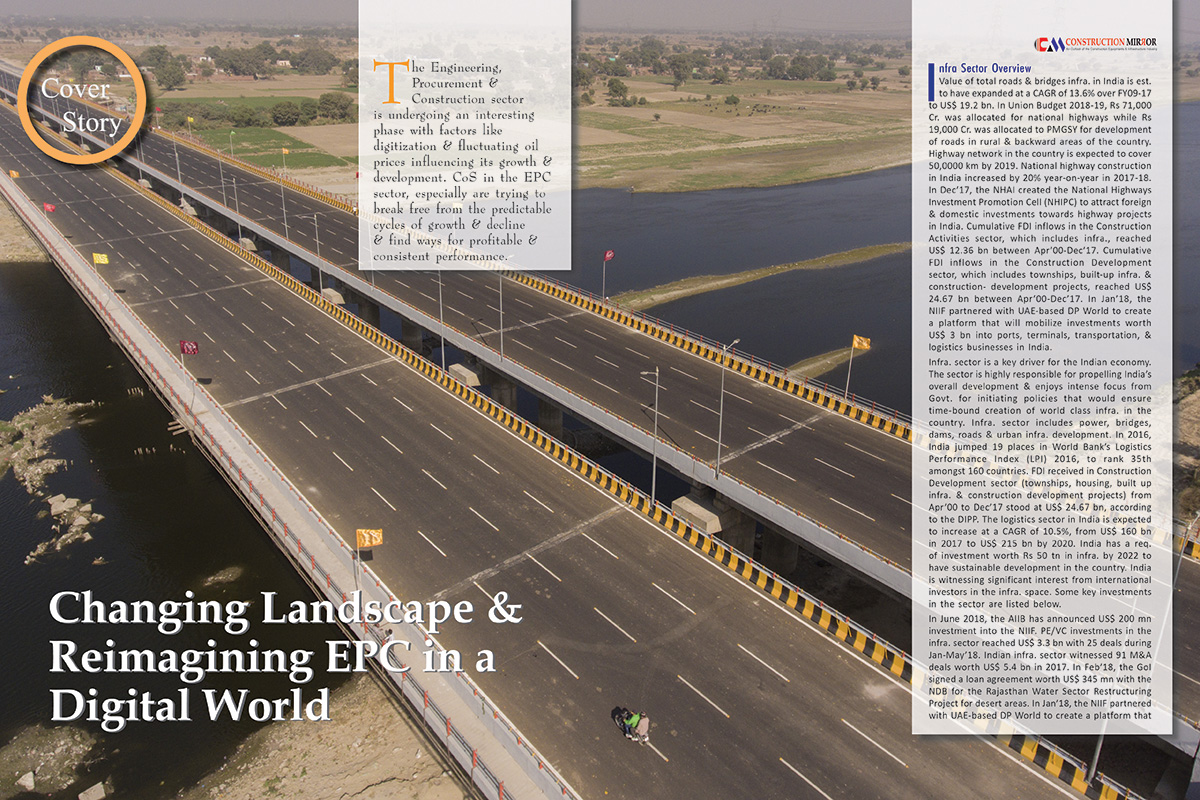


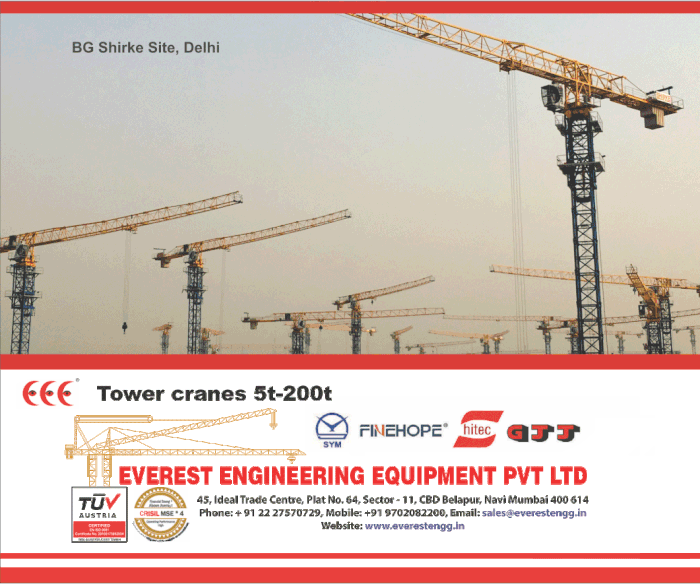
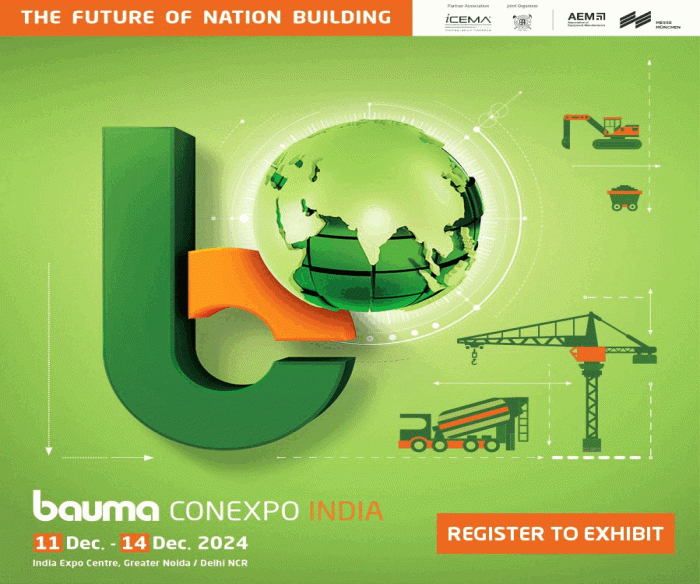
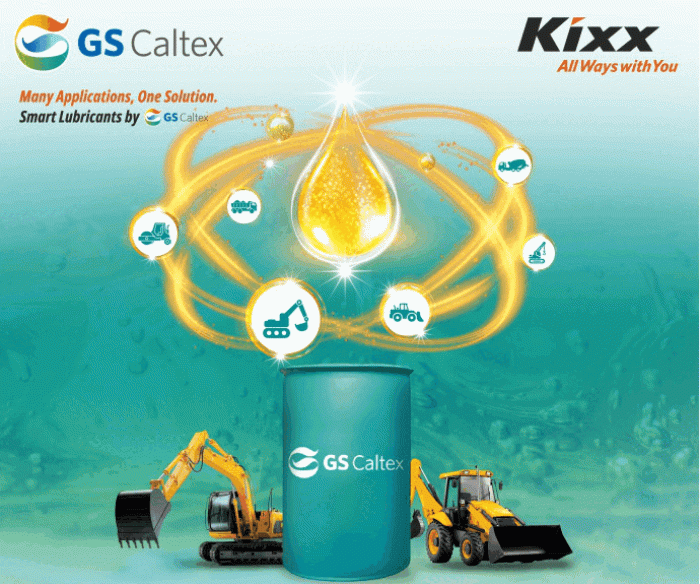
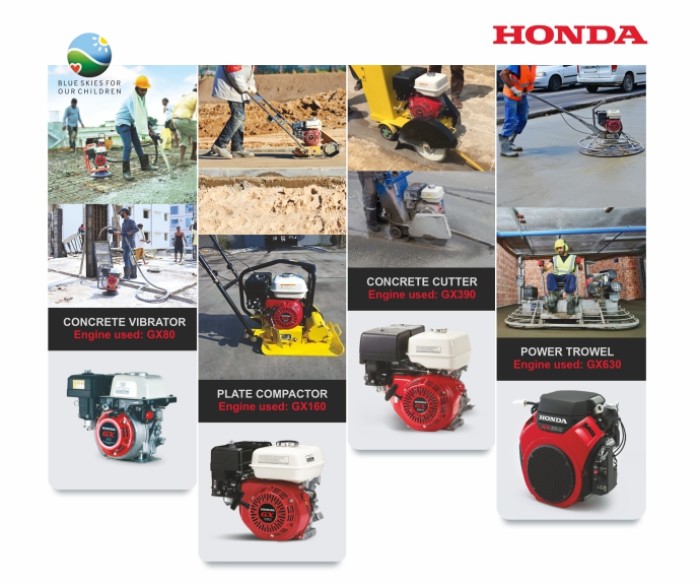






Leave a comment